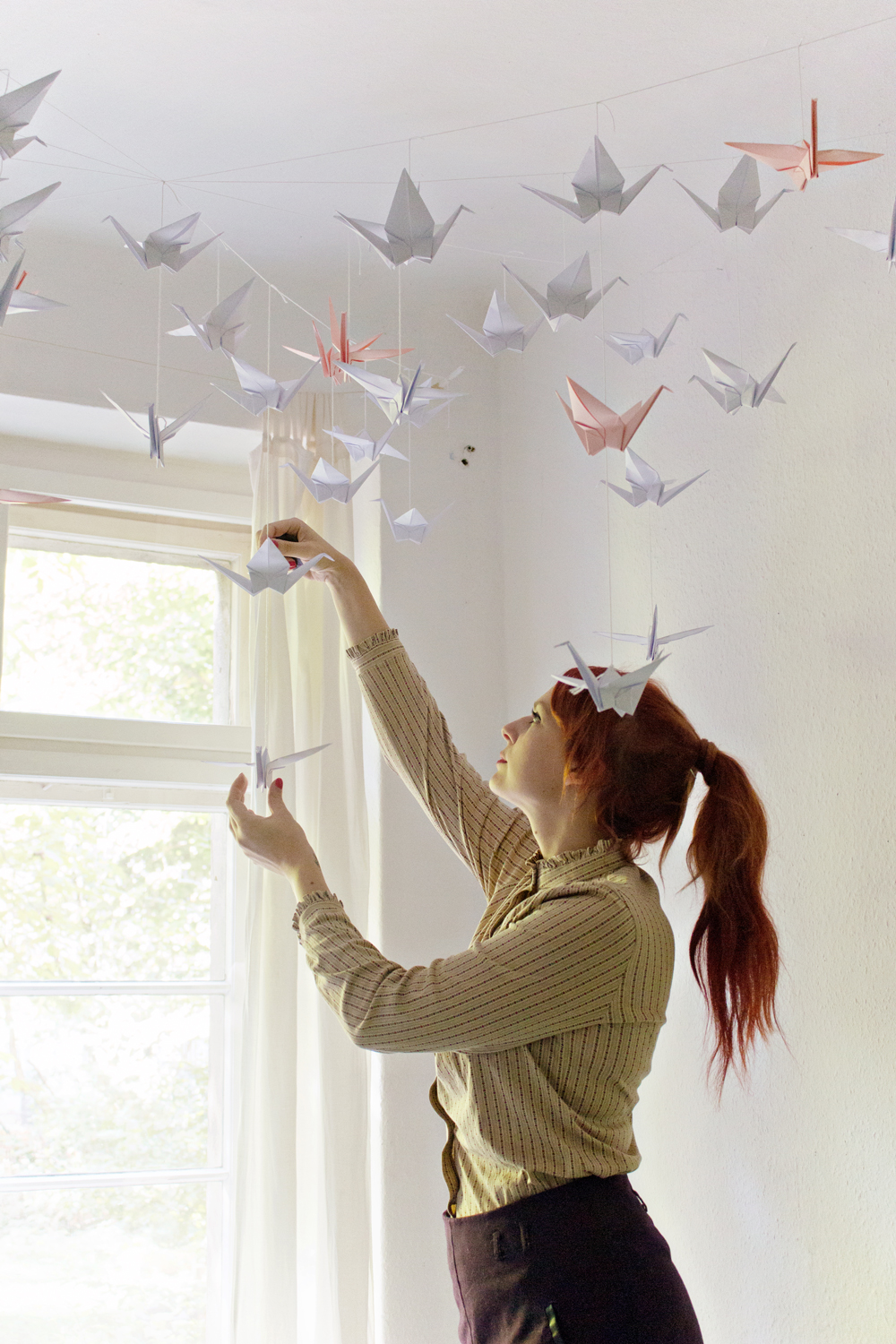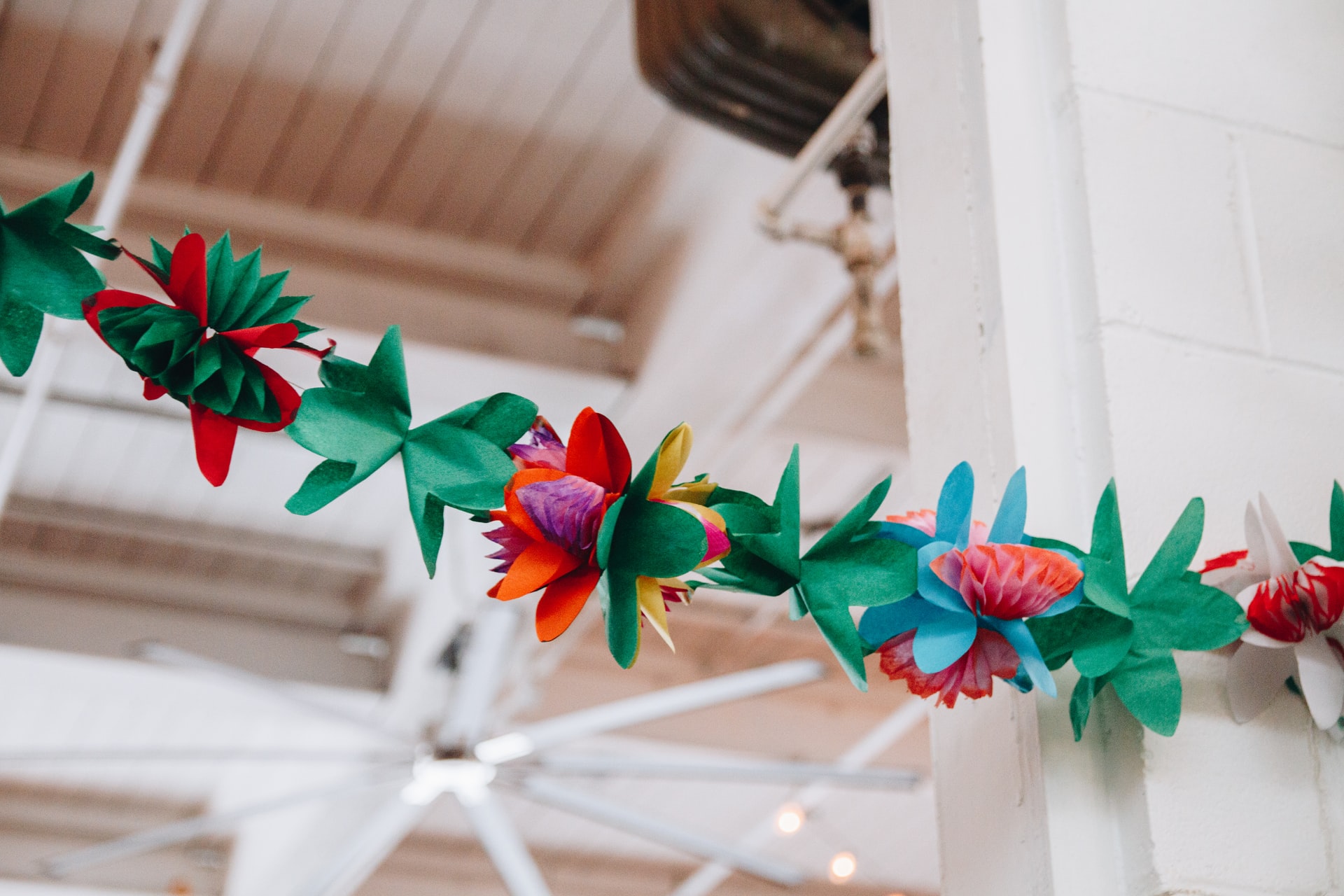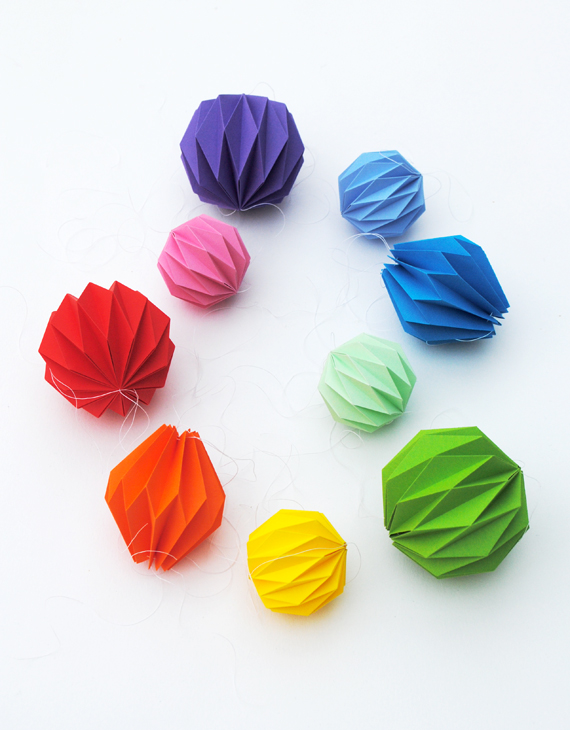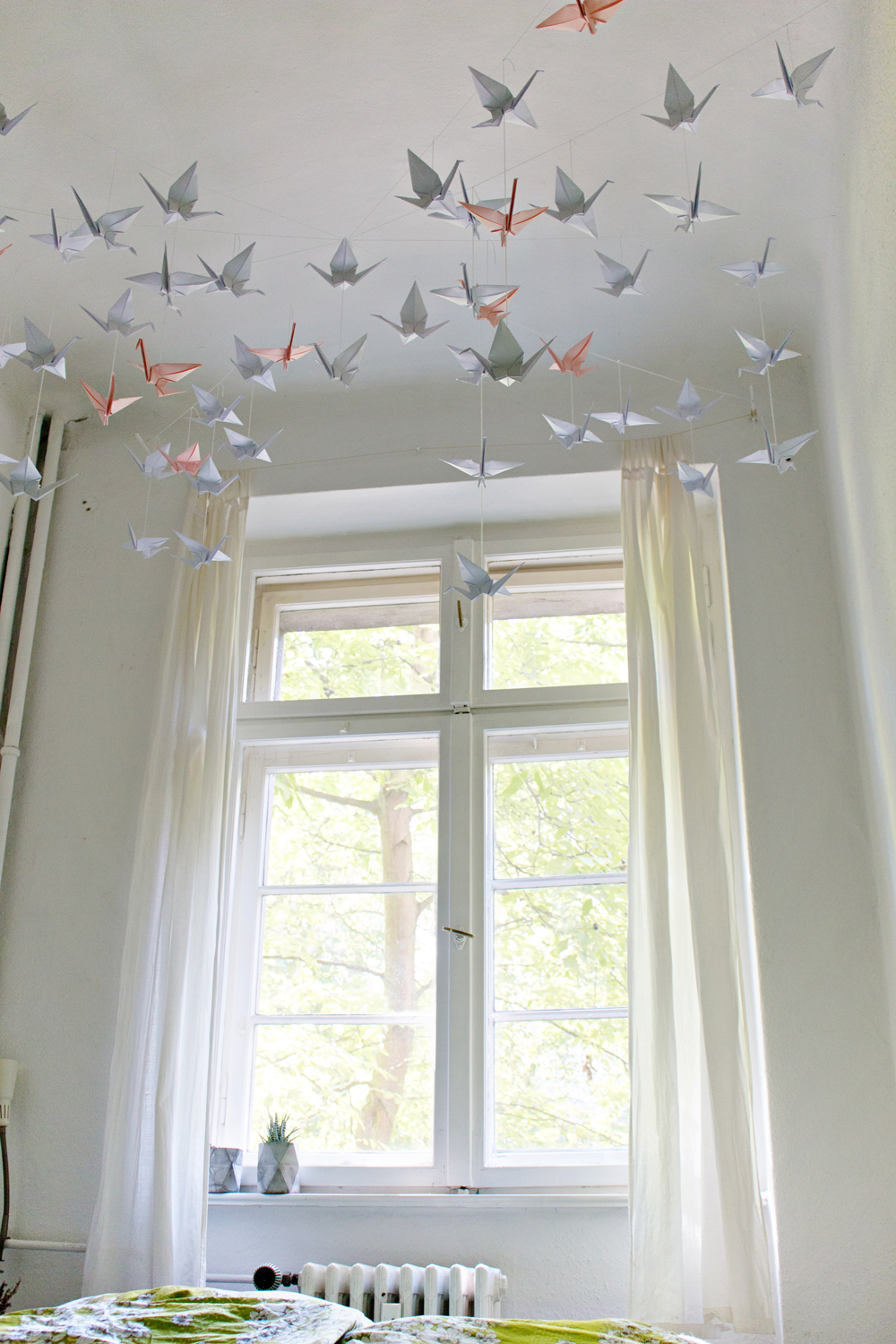(origami) is not just a craft; it’s an art form that transforms ordinary paper into breathtaking decorations. As someone who has spent countless hours folding paper into intricate designs, I can personally attest to the therapeutic and rewarding experience that comes with each crease and fold. In this article, we will delve into the world of origami decoration, explore various techniques, and provide you with innovative ideas to beautify your home or office space.
What is Origami?
Origami, derived from the Japanese words “oru” (to fold) and “kami” (paper), is the art of paper folding into decorative shapes and figures. While many associate origami with cranes and butterflies, the possibilities are virtually endless.
The History of Origami
Origami dates back to the 17th century in Japan, where it began as a ceremonial art. However, it has evolved over the years and now enjoys global recognition, with various styles and techniques emerging across different cultures.
Why Decorate with Origami?
- Flexibility: Origami can fit into any decor theme from modern minimalism to traditional elegance.
- Affordability: Creating your own decorations can be a budget-friendly alternative to store-bought items.
- Personal Touch: Handmade items carry sentimental value and can be tailored to your personal tastes.
- Stress Relief: The act of folding paper can be meditative, adding an enriching element to your life.
Getting Started: Essential Tools and Materials
To embark on your origami decorating journey, you will need some basic tools and materials:
- Paper: Choose different types, such as origami paper, scrapbook paper, or even recycled paper.
- Cutting Tools: Scissors or a craft knife for specific designs.
- Adhesives: A glue stick, double-sided tape, or mod podge for securing your creations.
- Decorative Accents: Glitter, markers, or embellishments to personalize your designs.

Creative Origami Decoration Ideas
1. Origami Wall Art
Transform a blank wall into a mesmerizing display by creating a series of origami pieces. Here’s how:
- Choose a theme: Think about colors and styles that complement your room.
- Create a collection of origami flowers, stars, or animals.
- Arrange them on a canvas or directly on the wall.

2. Origami Centerpieces
Origami centerpieces can be a conversation starter at your dining table. Here’s a simple way to make one:
- Use a sturdy paper to create a large flower or geometric shape.
- Place it in a vase or group several pieces together for a fuller look.
3. Origami Mobile
Hang a beautiful origami mobile in a nursery or any room that could use a touch of whimsy:
- Create various small origami shapes and suspend them from a wooden hoop.
- Use fishing line or thread to give the illusion of floating.

4. Origami Gift Wrapping
Make gift-giving extra special by incorporating origami into your gift wrapping:
- Use origami techniques to create unique envelopes or boxes.
- Incorporate small origami figures as embellishments on your gifts.
5. Origami Home Accessories
Incorporate origami into everyday items, enhancing functionality and aesthetics:
- Make origami coasters, bowls, or even lampshades.
- Choose papers that match the color scheme of your home for a cohesive look.

Techniques for Origami Decoration
Mastering Basic Folds
Before diving into complex designs, familiarize yourself with basic origami folds:
| Fold Name | Description |
|---|---|
| Valley Fold | Folding the paper toward yourself, creating a “V” shape. |
| Mountain Fold | Folding the paper away from yourself to create a peak. |
| Reverse Fold | A fold that changes the direction of a previous fold. |

Using Patterns and Textures
Experiment with different types of paper for unique effects. Here are some popular options:
- Plain Origami Paper: Ideal for beginners due to its lightweight and ability to hold creases.
- Patterned Paper: Adds visual interest and can enhance your final design.
- Textured Paper: Provides a three-dimensional look that can elevate simple designs.
Combining Origami with Other Crafts
Don’t hesitate to mix origami with other crafting methods for a unique twist:
- Combine origami with painting or drawing to create personalized wall art.
- Use origami alongside sewing for beautiful fabric decorations.

Pros and Cons of Decorating with Origami
| Pros | Cons |
|---|---|
| Inexpensive materials | Can be time-consuming for intricate designs |
| Unlimited creativity | Requires practice to master complex folds |
| Eco-friendly, using recycled paper | May need protective coating for durability |

Tips for Successful Origami Decoration
- Start Simple: Don’t rush into complicated designs. Build your skills gradually.
- Practice: Folding can be tricky, but practice makes perfect.
- Use a Bone Folder: This tool helps create crisp creases.
- Be Patient: Allow yourself to enjoy the process without worrying about the outcome.
Frequently Asked Questions
What types of paper are best for origami decoration?
Origami paper is specifically designed for folding, but you can use lightweight scrapbooking paper, wrapping paper, or handmade paper for a unique touch.
Can I use origami for outdoor decorations?
While origami is typically used indoors, laminated origami pieces can be created for outdoor use, providing added durability against the elements.
How can I preserve my origami creations?
Using a spray sealant can help protect paper from moisture and fading. Storing them in a safe place away from direct sunlight will also prolong their lifespan.
Is there a way to learn origami online?
Absolutely! Many websites and YouTube channels offer step-by-step tutorials suitable for all skill levels.
Conclusion
Decorating with origami allows for endless creativity while being a relaxing and fulfilling craft. Whether you’re looking to add a burst of color to your home or create handmade gifts that show you care, origami is an excellent medium to explore. So grab some paper and let your creativity soar!